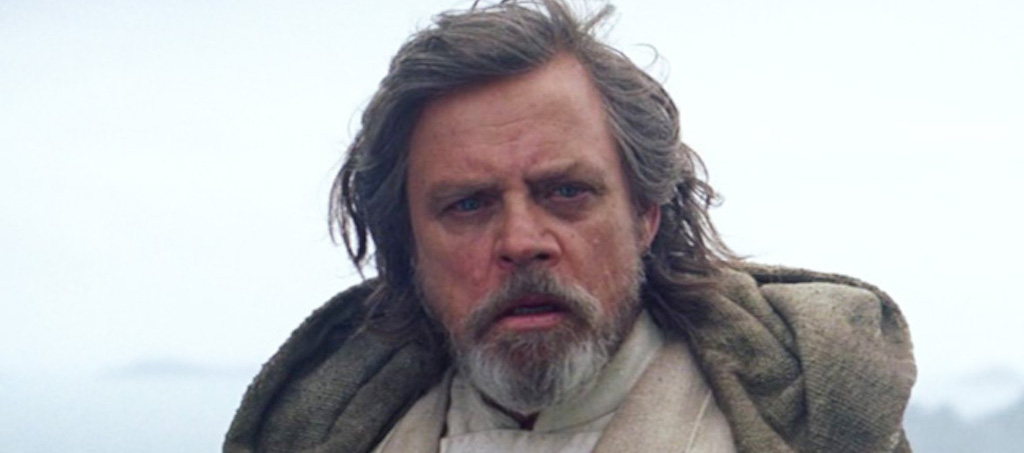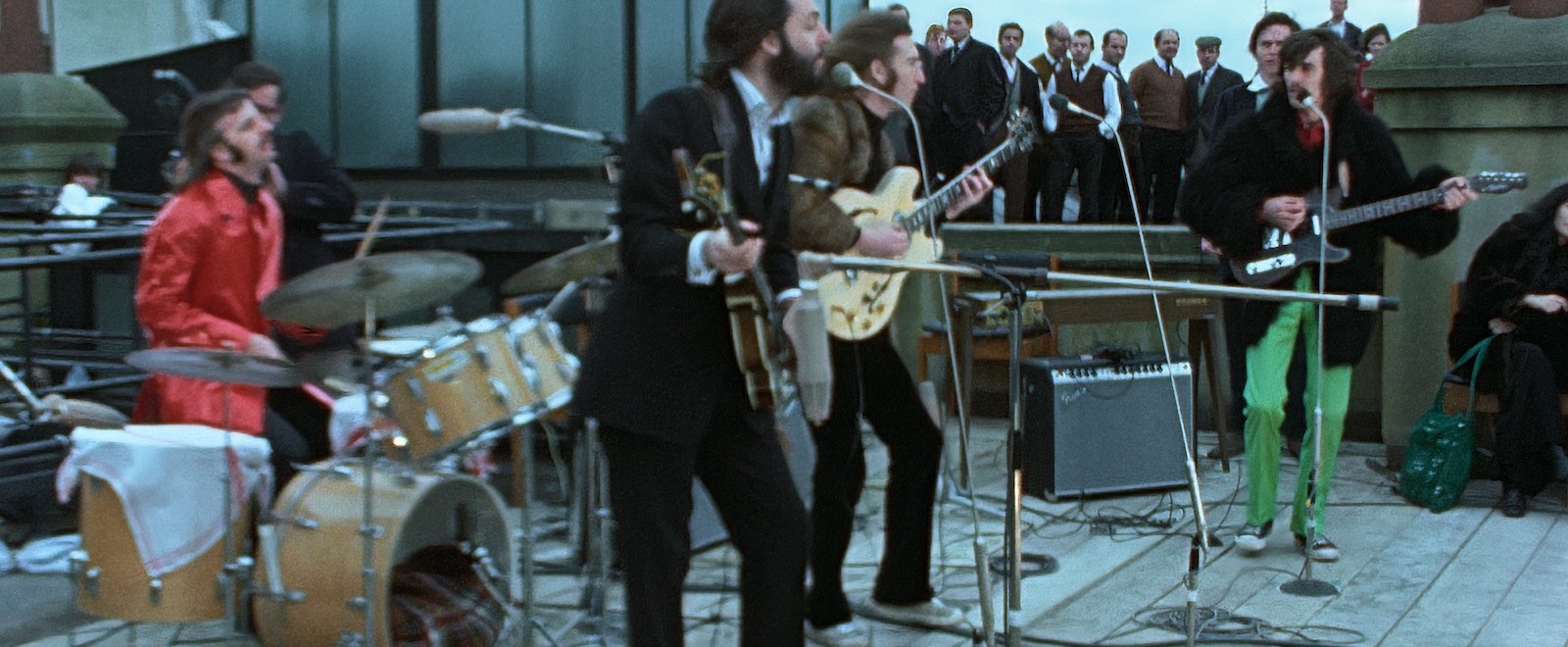Around five hours into Peter Jackson‘s eight-hour epic The Beatles: Get Back, we see Michael Lindsay-Hogg – the director of the 1970 film Get Back who was responsible for all of this footage existing in the first place – with a distressed look on his face and he kind of sighs and says, “I don’t know what story I’m telling anymore.” His biggest problem, which he fully admits, is, if everyone is being honest, he’s got, on film, the most intimate portrait of the most famous band in the world. And of course when he says this out loud all The Beatles seem into the idea of just “putting it all out there,” but Lindsay-Hogg has that look on his face that he knows this will never happen. There’s no way anyone is going to see what really happened for at least 50 years. (It would take almost 53.)
The Let It Be sessions are infamously legendary. And every Beatles fan has dreamed about being given access to the vault with approximately 60 hours of footage from this time period. The fact that it’s never been released just fueled the idea that it must be The Beatles at their worst, constantly at each other’s throats. And the Let It Be film that came out in 1970 didn’t help. At only 80 minutes, it is basically just the songs preformed, inter-spliced with a few “fly on the wall” moments with not much context. (This movie is pretty hard to find. A couple years ago I had to buy a bootleg off of eBay.)
The most notorious scene involves Paul and George while rehearsing “Two of Us” (a very pleasant song that, somehow, always seems to be surrounded by drama in both the original Let It Be and Get Back). Paul McCartney is trying to tell George Harrison what he wants and adds an aside that he knows this annoys George. George fires back, “You don’t annoy me anymore,” with the “anymore” part being extra pointed. Now, when you take into account that the film was released right about the time The Beatles broke up, everyone just assumed every interaction was like this. There’s a scene in Get Back, late in the sessions, when Paul and John Lennon are singing “Two of Us” as ventriloquists, both trying to outdo each other as to keep their smiling teeth together and not move their lips as they sing. They are having a blast. It shows a portrait of two people who, yes, can get on each other’s nerves. But these are obviously two people who still genuinely like each other.
What is hard to get over is everything we’ve always heard about this era of The Beatles is now just … here. Like, want to know what it was like? Well, now you can travel back in time to January 1969 and spend eight hours with them. This is how I engaged with the material. Other than, every so often, a few written out captioning explaining what is happening, there’s no modern voiceover or talking heads. For people who maybe don’t care that much about The Beatles and are looking for a more straightforward documentary, this might get tedious. You know, maybe by the 15th time the band rehearses “Get Back,” I could see the more casual fan thinking, why am I watching this? But, for me, I was transported back just to observe. I literally felt like I was there as a frustrated Paul started strumming his bass trying to come up with anything new and, slowly, you can hear the formation of “Get Back” start to emerge. It’s like watching one of those miracle of lifetime lapse videos of a flower blooming. It’s incredible to watch McCartney literally just make up one of the most famous songs of all time in real-time.
Another fascinating aspect is the presence of Yoko Ono during all of this. Much has been assumed about her relationship with the rest of the band and the repercussions, but, again here, we get to see it. And, yes, she’s always there. And if I’m Paul McCartney, yeah, I can see how someone bringing their significant other to work every day might be a little disruptive. And you can tell sometimes he’s annoyed. But there’s no real blowup or anger. For the most part, she’s just there, sitting next to John, not saying much. Sometimes when the band is jamming she will scream into the microphone. On a day John is late, Paul is asked point-blank about her presence and he says John and Yoko want to basically merge as one, and to do that they have to be around each other at all times and who is he to say they can’t do that. He goes as far to say, “she’s okay, honestly.” And admits if he pushes things, John would choose Yoko over The Beatles and, as the defacto leader of the band, he’ll take John and Yoko over no John at all.
And this all leads to another interesting development. Most Beatles fans know that when the band formed it was John Lennon’s band. And as the years went on, Paul’s influence became greater and by the time Let It Be happens, Paul’s the one running the show. And running it without a manager since Brian Epstein died, so he’s also doing that. It’s weird, Paul gets some criticisms for this era but Get Back puts all this in better context. Yeah, he can be a jerk sometimes, but he’s the only one in the band trying to keep the band together. Ringo Starr had already quit and come back during their previous album. George quits and comes back during this one. And John looks, honestly, pretty content, but also it’s obvious he has no interest in a leadership role.
After George quits, Paul and John go to a cafeteria to have a private meeting, but didn’t realize there’s a hidden microphone in the room. And we get to hear the whole conversation. And it’s fascinating. It’s Paul basically saying he has to be the leader because John doesn’t want to be the leader and admitting that his leadership style has pissed off George, as John gives Paul advice on how to be a better leader. What’s interesting is both men are frustrated, but voices are never raised. If there were ever a time the two would be at “each other’s throats,” this would probably be the time. But, instead, it’s constructive. And, again, a peek behind The Beatles curtain and it’s unbelievably fascinating.
Get Back is not about a band breaking up. It’s about a band trying to save itself, but ultimately fails. The whole idea of a rooftop concert is to do something new and exciting. After that performance, which would be their last together, the idea is that is just the beginning. They start talking about more ideas for popup concerts. But what Get Back deftly shows is that the seeds are already planted for a breakup. Even after George returns, he’s frustrated because he doesn’t get enough of his songs on the album and says he has a lot of songs built up. And had contemplated selling them off but, instead, now wants to make a solo album separate from The Beatles. John has become enchanted with Allen Klein, the manager of The Rolling Stones. And Klein wants to manage The Beatles and John is pushing the others hard about this, but the rest of them seem, at the best, nonplussed about this idea.
(I know some people won’t like what Jackson has done with the film, making it look modern. And to be honest I usually don’t like that either. When I buy a 4K disc of a movie, I want it to look grainy. One of the worst 4K discs is Terminator 2, which has so much digital noise reduction applied it looks like it was filmed on an iPhone. It’s terrible. But what Jackson does with Get Back doesn’t bother me. He’s doing something else here. He’s not restoring an existing movie, he’s making a new thing. And I do think the aesthetic he comes up with here does help immerse a viewer. Put it this way: if Jackson did this to, say, The Frighteners, I would not like this. But, here, I get what he’s doing and, for me, it works.)
Again, for casual fans, Get Back might be a bit much. Honestly, even for big fans of Beatles music, if you don’t care about the inner workings of the band and their personalities, it might, too, be a bit much. (There were times even I was like, okay, this seems a bit much. But when I think of this as more of a historical document than a piece of entertainment, I get why certain scenes were included. I get why Jackson decided that even some tedious scenes needed to be seen by the public instead of locked in a vault somewhere.) But if you want to go back in time to January 1969 and just hang out with The Beatles and see what that’s like, there is nothing that comes closer to this experience than Get Back.
‘The Beatles: Get Back’ begins streaming on Thanksgiving Day via Disney+. You can contact Mike Ryan directly on Twitter.
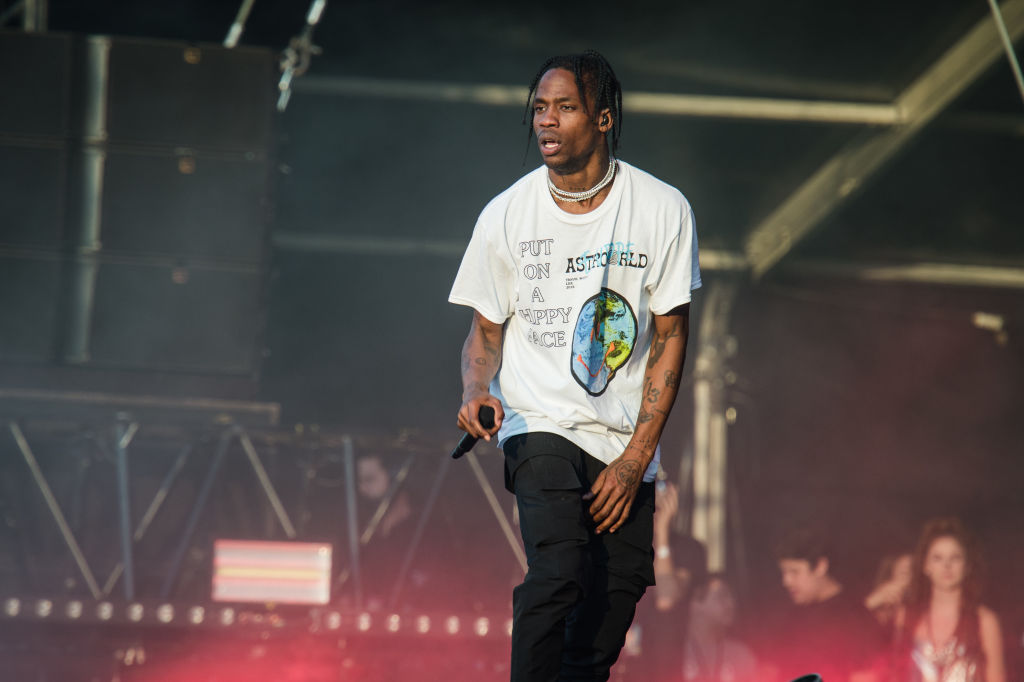


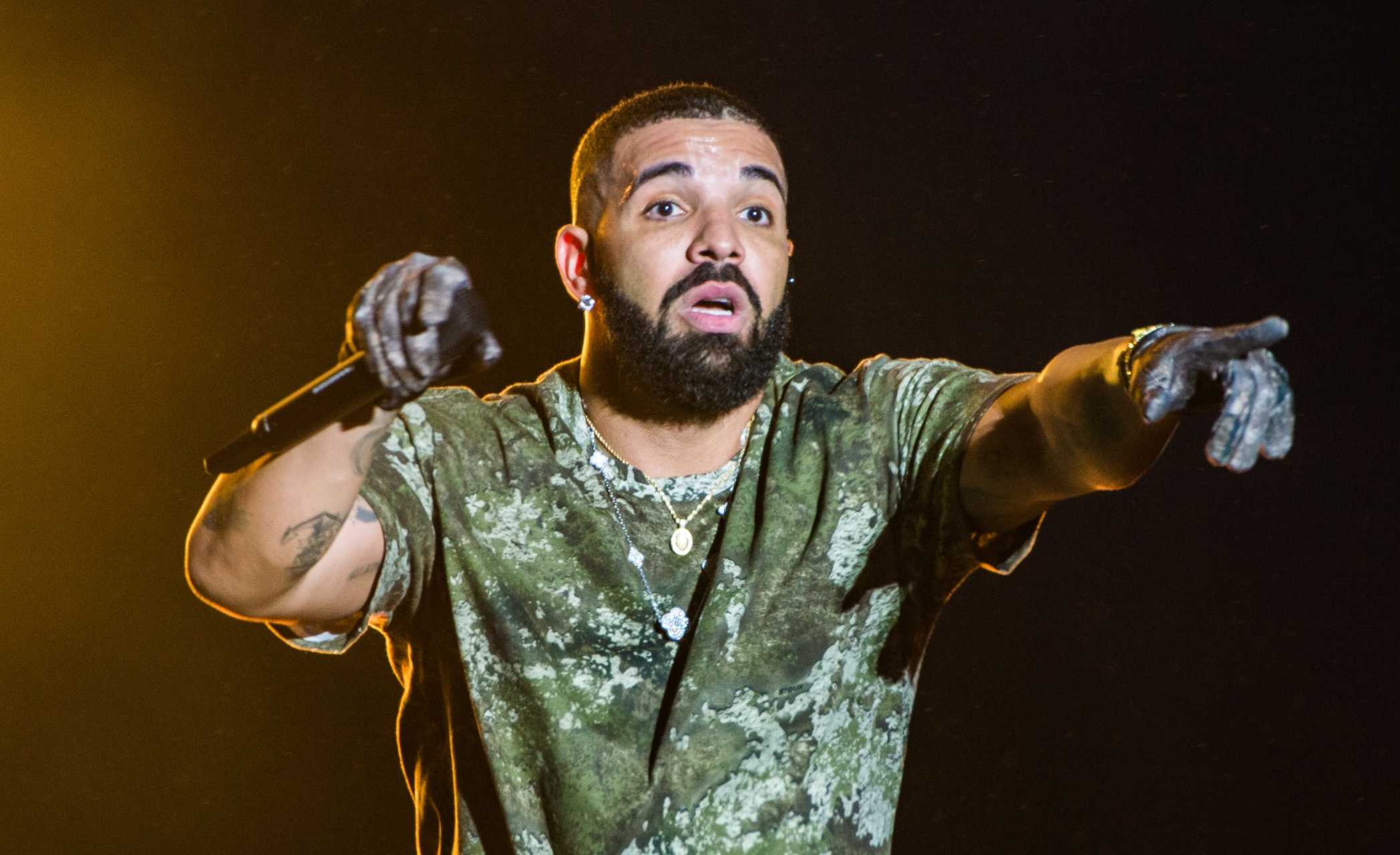
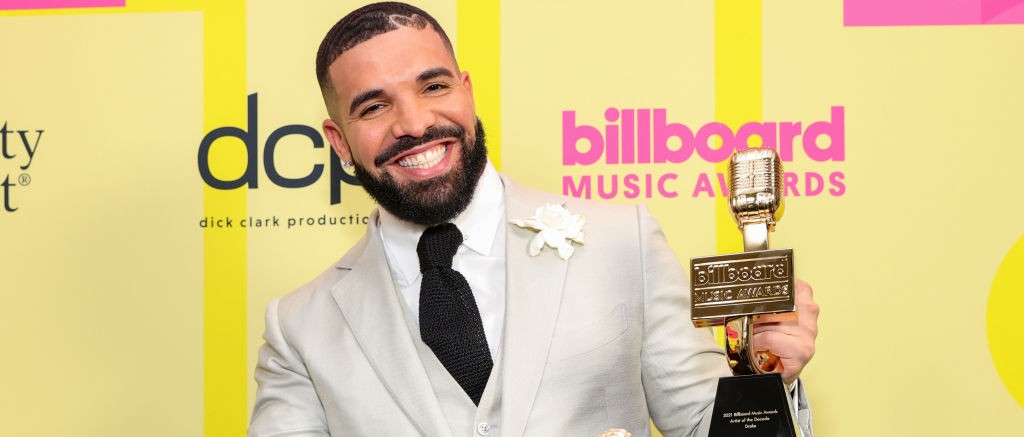
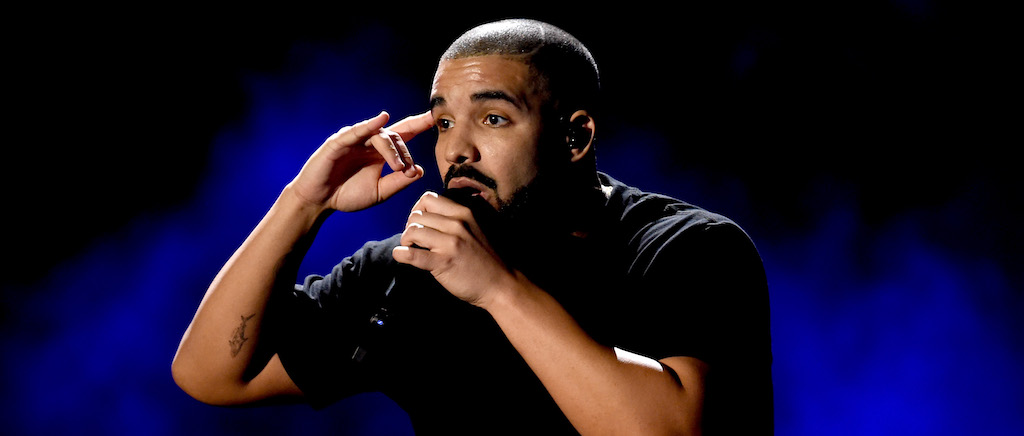

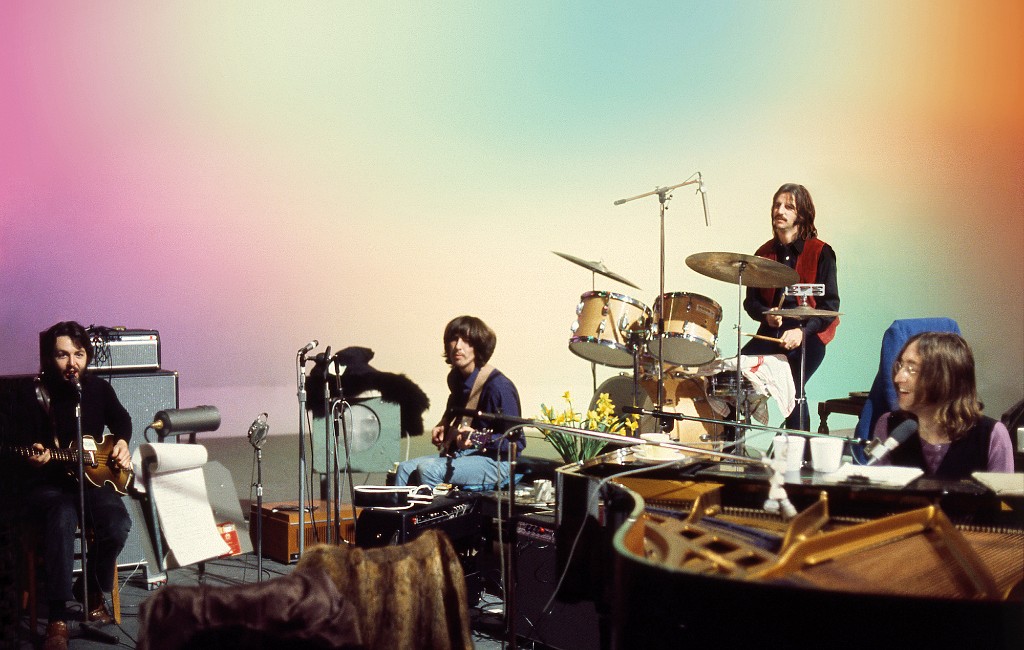
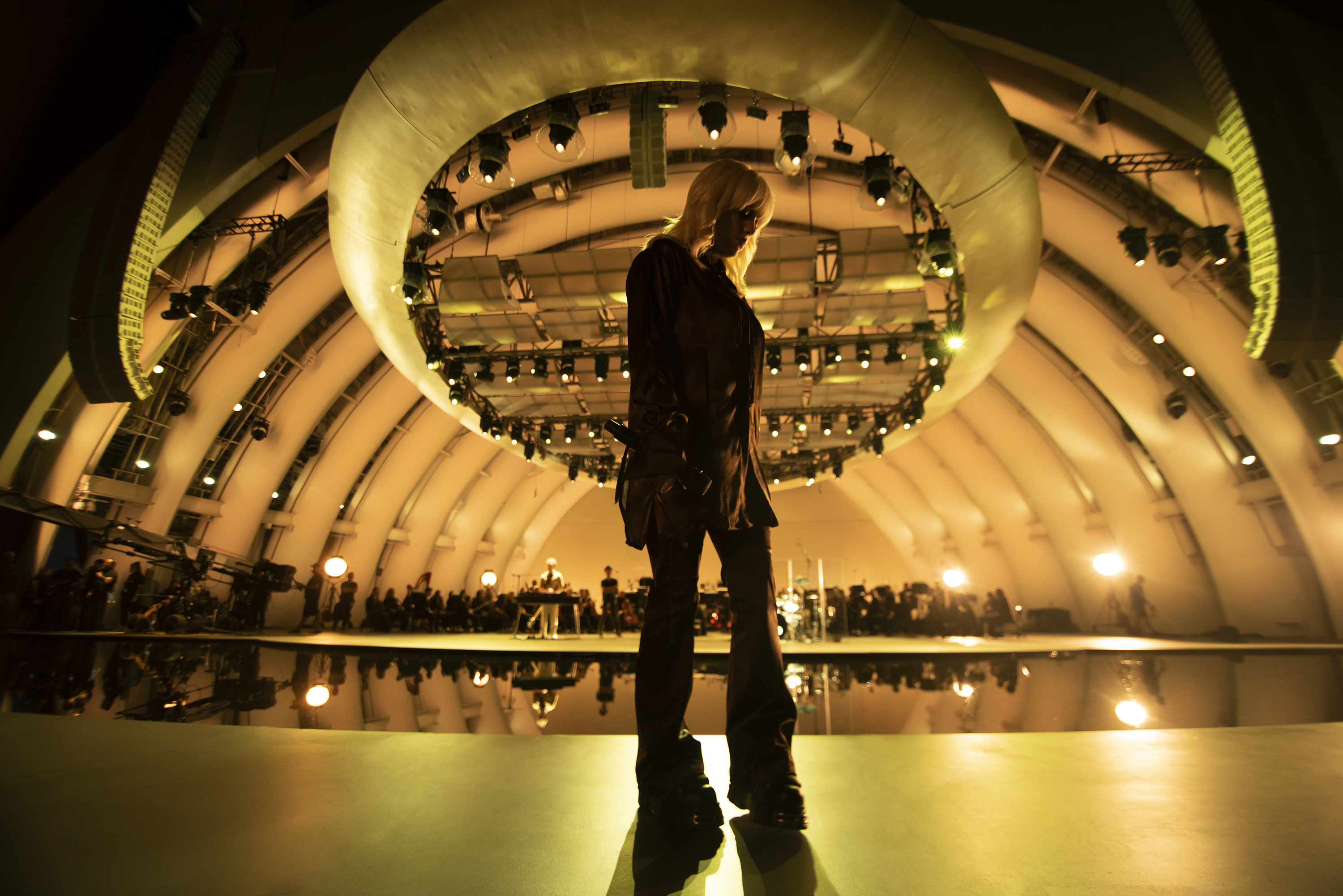
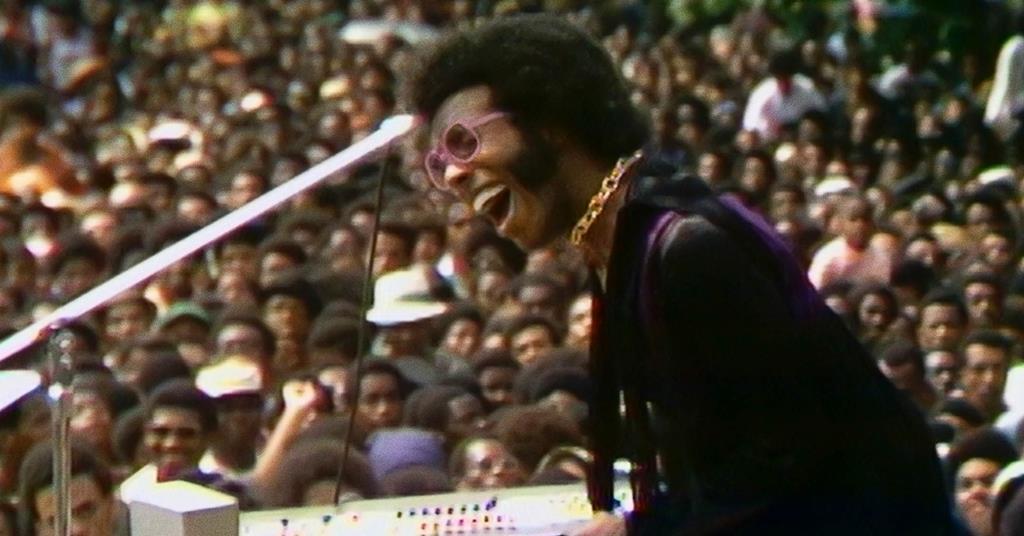
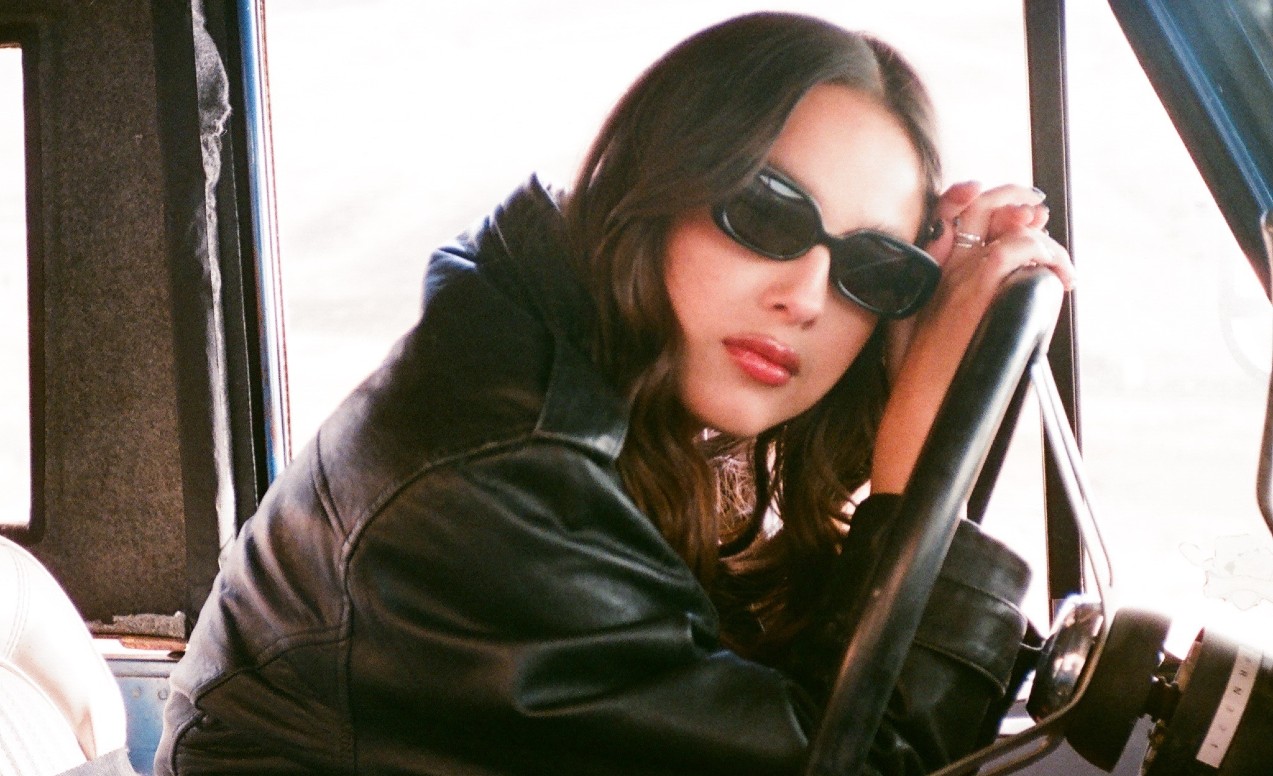
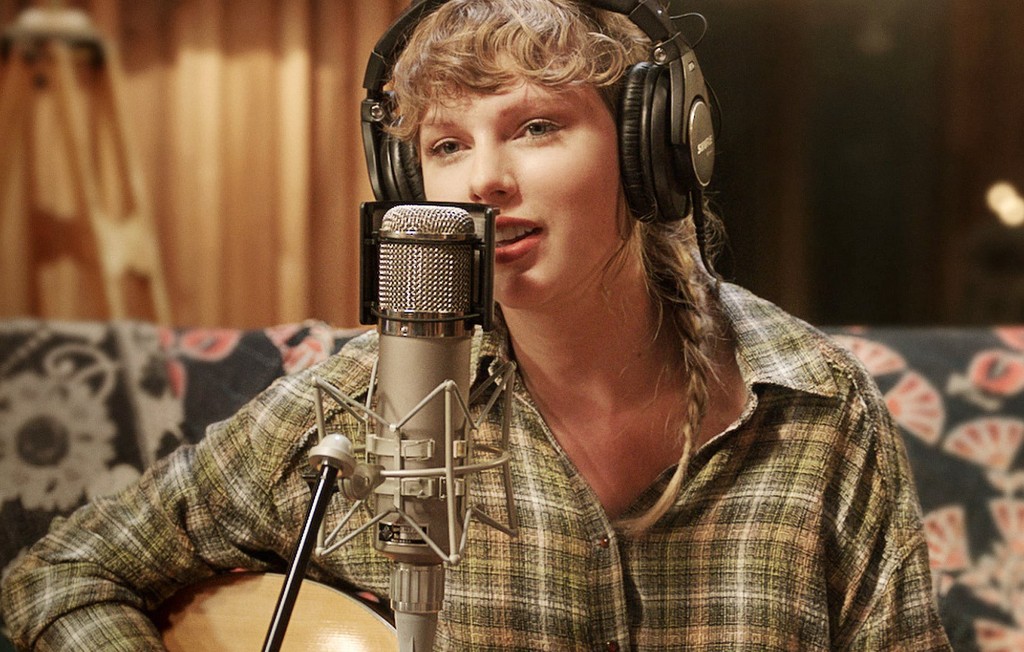
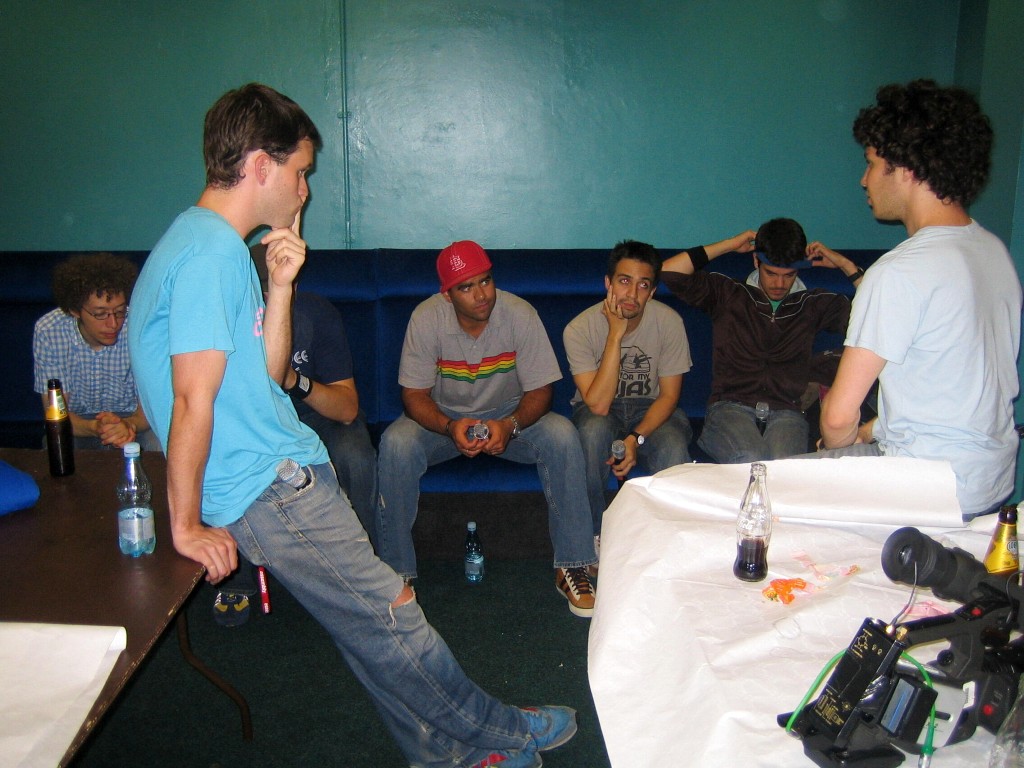
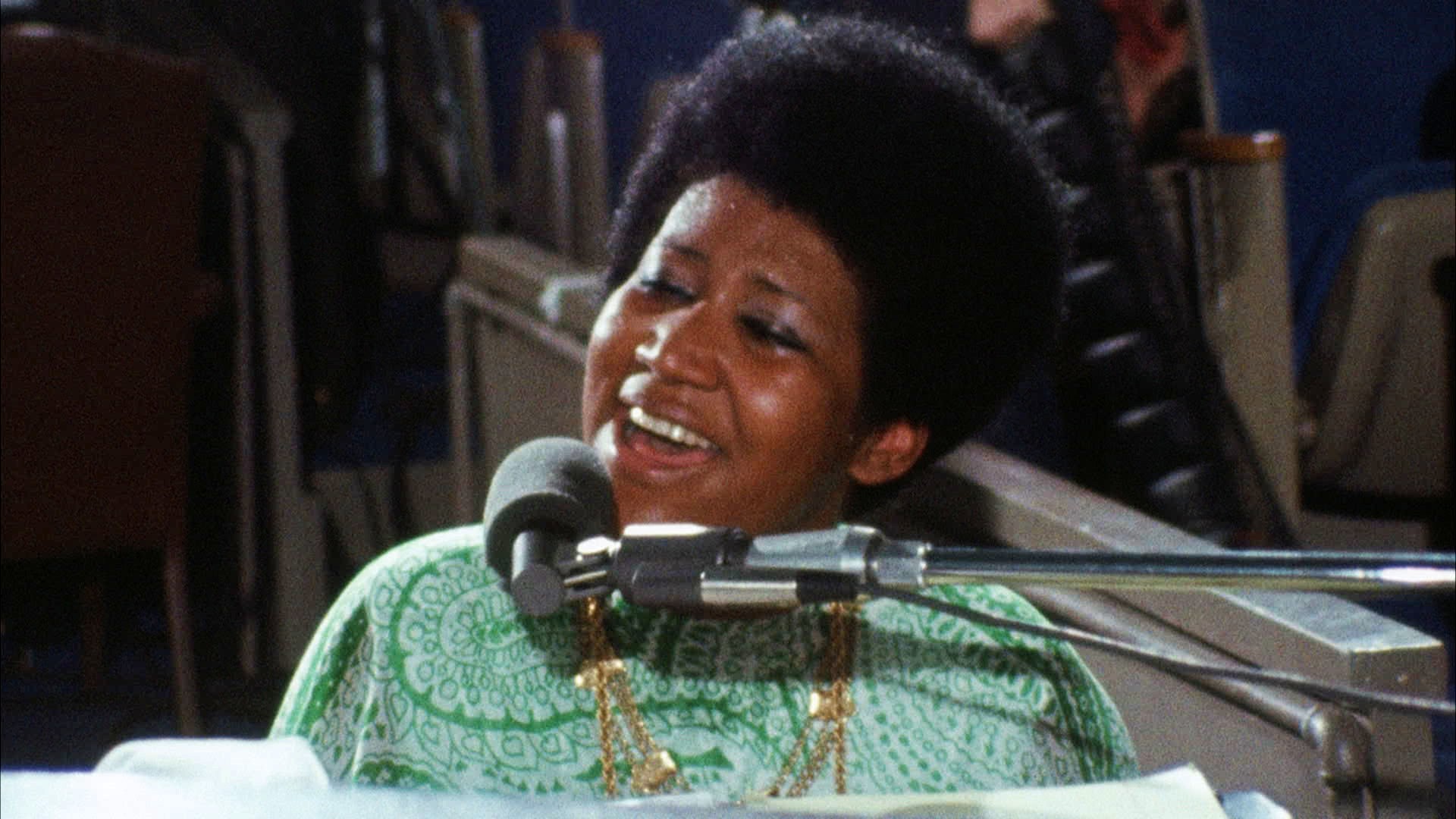

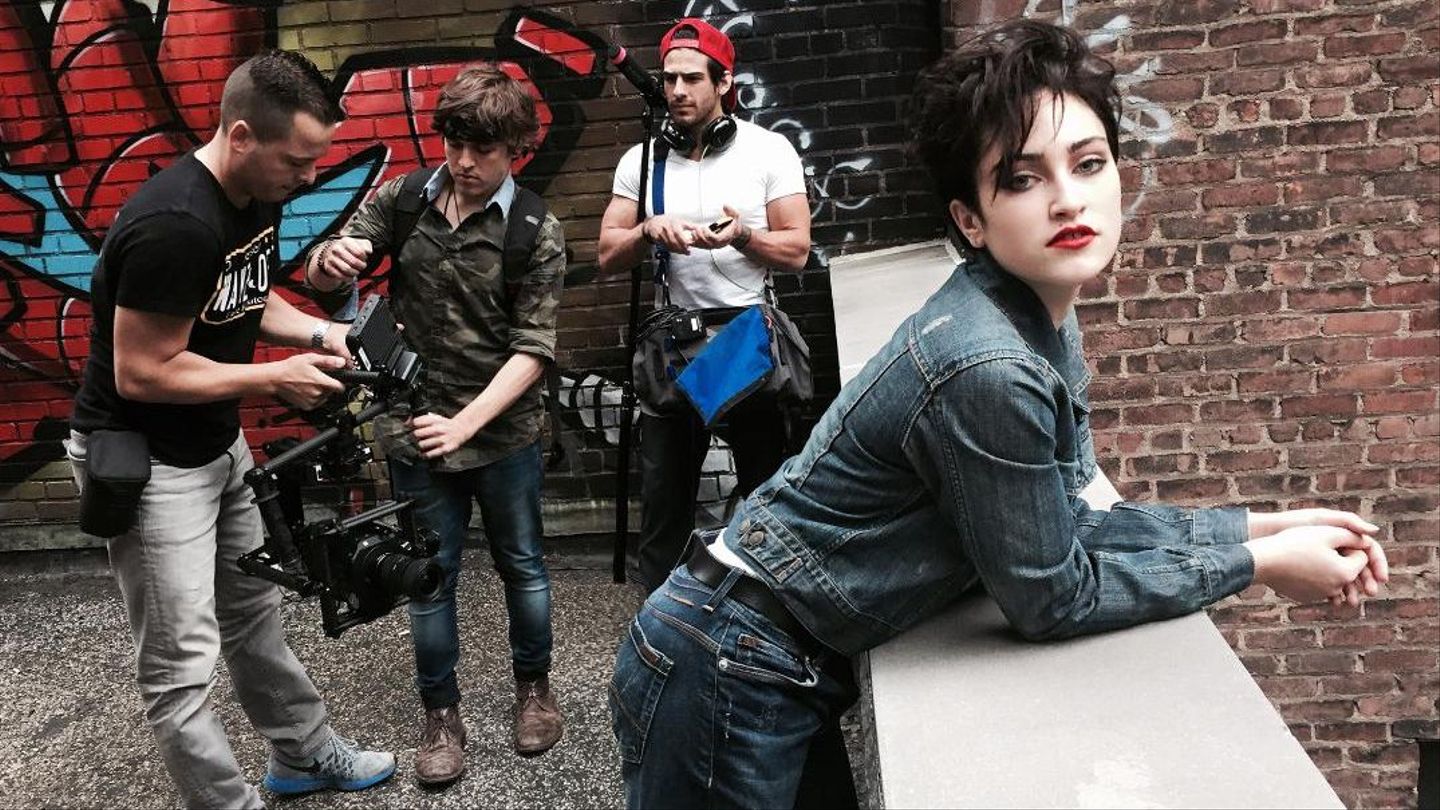


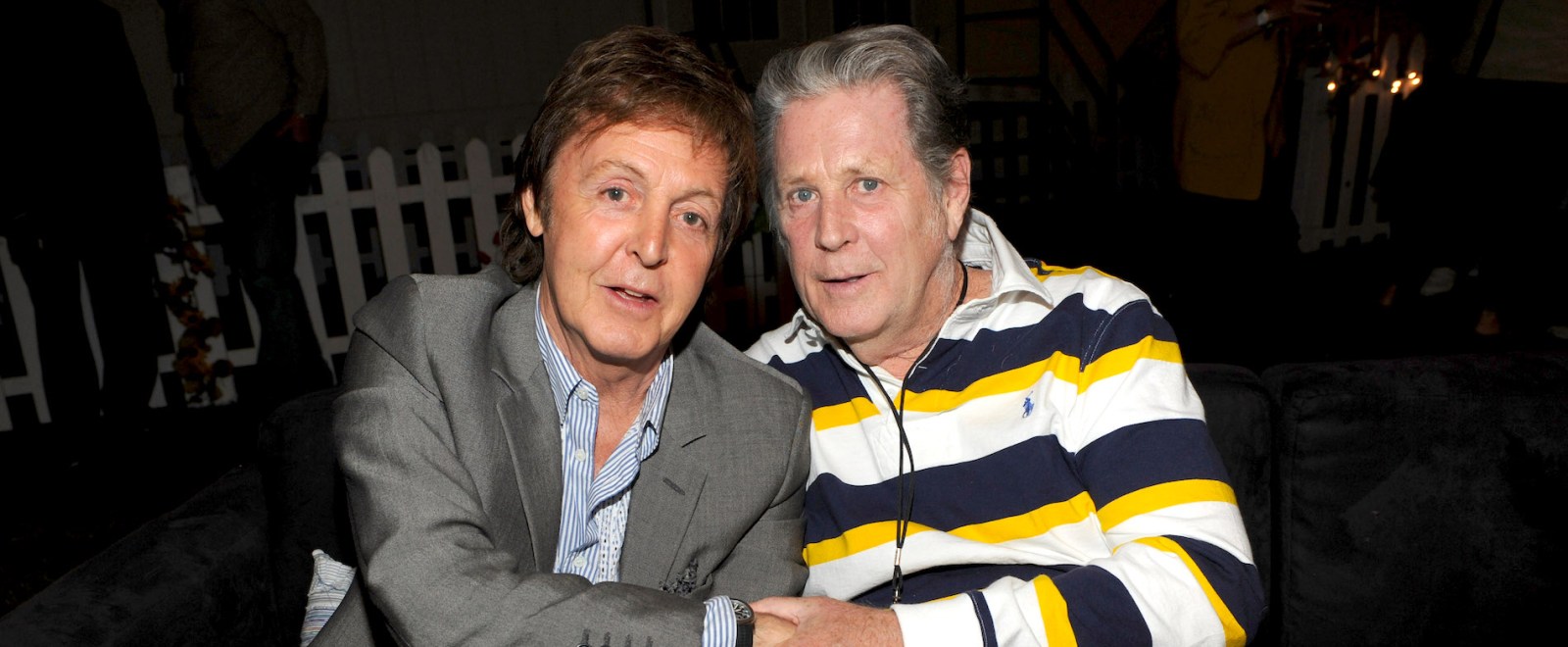


 (@BRAVESARECHAMPS)
(@BRAVESARECHAMPS) 